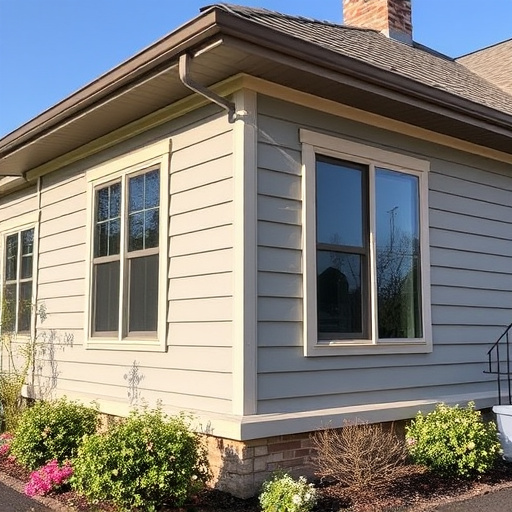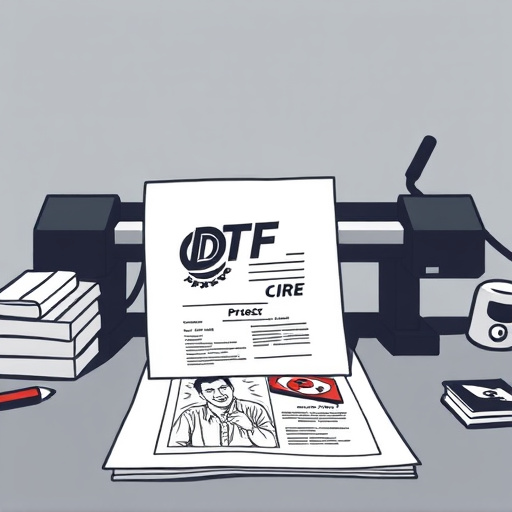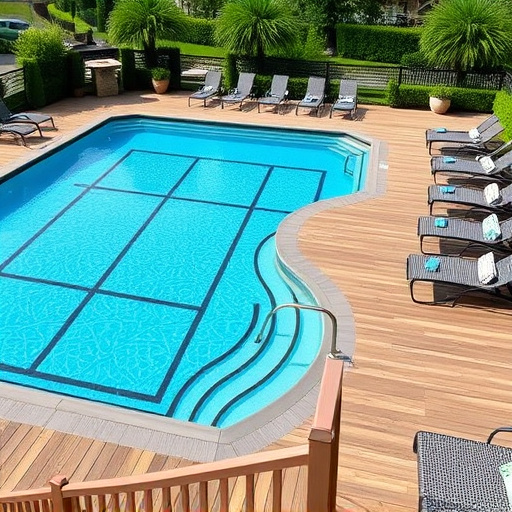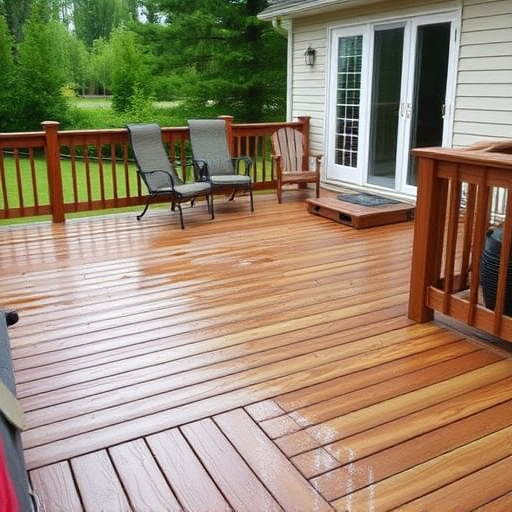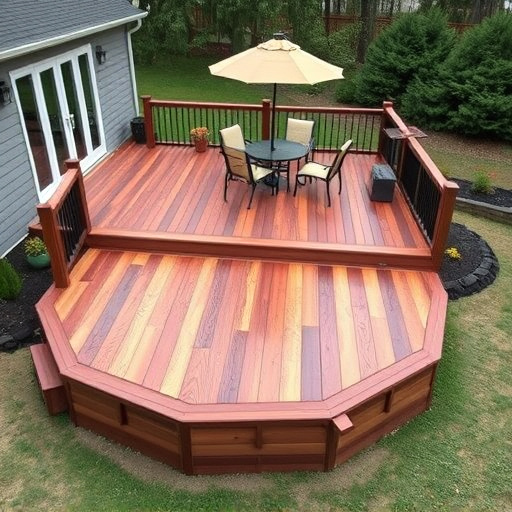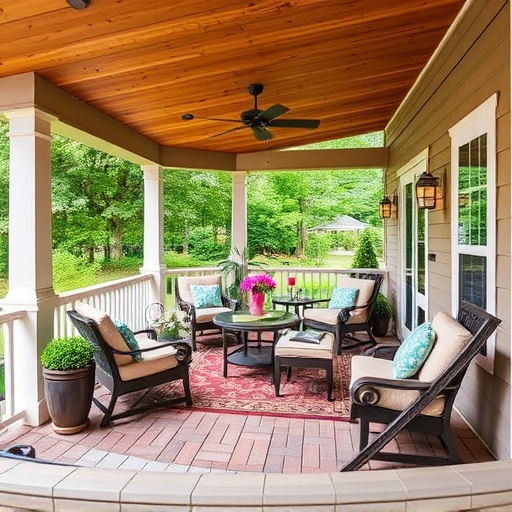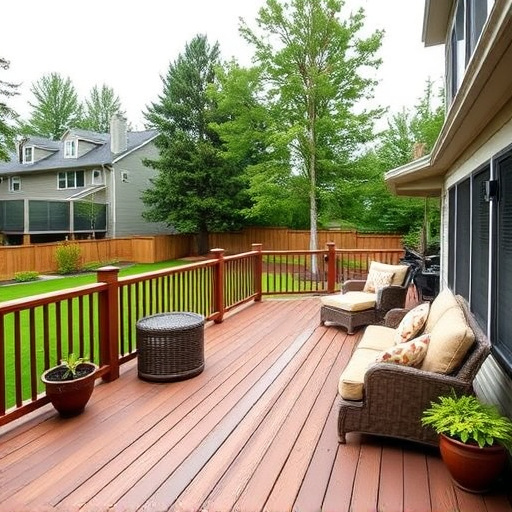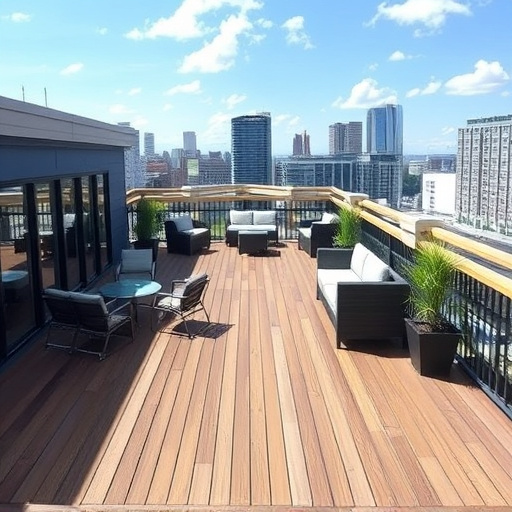Residential decking enhances outdoor living but poses risks like poorly maintained structures, inadequate railings, slippery surfaces, and structural instability due to wear and tear, exacerbated by severe weather events. To mitigate these dangers, prioritize industry-standard railings for fall prevention, non-slip flooring, adequate lighting, and weatherproof fixtures. Use robust materials like treated wood or composites for longevity and reduced maintenance. Regular inspections, cleaning with wood-safe products, re-staining/sealing, and securing railings and ladders are essential for preserving structural integrity and preventing costly repairs.
“Elevate your outdoor living space with a focus on safety! Residential decking offers endless possibilities for enjoyment, but understanding potential risks is paramount. This comprehensive guide explores essential safety features and maintenance practices to ensure your deck stands strong and secure. From identifying common dangers like rot and slip hazards to incorporating robust design elements and regular upkeep, discover the key to a safe and sustainable residential decking experience.”
- Understanding Residential Decking Risks and Common Dangers
- Essential Safety Features to Enhance Your Deck's Design
- Maintenance Tips for Ensuring Long-Term Deck Safety
Understanding Residential Decking Risks and Common Dangers

Residential decking, while enhancing outdoor living spaces, comes with inherent risks and dangers that homeowners should be aware of. Common hazards include poorly maintained structures, inadequate railings or ladders, and slippery surfaces, especially when wet. Regularly inspecting your decking for signs of wear and tear is crucial to preventing accidents. Over time, wood can rot, nails can become exposed, and paint can chip, creating tripping hazards or structurally unstable areas.
Additionally, severe weather events pose significant threats to residential decking, as seen with storm damage repair needs increasing across many regions. Strong winds, heavy rain, and lightning strikes can cause extensive damage, highlighting the importance of robust construction and maintenance. Commercial roofing experts often recommend high-quality materials and secure fastening methods to safeguard against such dangers, ensuring a safe outdoor haven for homeowners and their families.
Essential Safety Features to Enhance Your Deck's Design

When designing or upgrading a residential decking, incorporating essential safety features is paramount for any homeowner. One critical aspect is installing railings that meet industry standards to prevent falls, especially at higher levels. These railings should be securely fastened and regularly maintained to ensure their integrity over time. Additionally, non-slip surfaces on the deck’s flooring are vital, reducing the risk of accidents, particularly in wet conditions.
Another important feature is proper lighting around the deck area, which enhances safety after dark. Well-lit spaces deter potential hazards and make navigating the deck easier for all users. Incorporating weatherproof lighting fixtures that withstand various elements ensures a safer and more enjoyable outdoor living space. Moreover, considering robust and durable materials for decking, such as treated wood or composite options, can significantly improve longevity and minimize maintenance concerns, providing long-lasting home service solutions.
Maintenance Tips for Ensuring Long-Term Deck Safety

Regular maintenance is key to keeping your residential decking safe and structurally sound for years to come. Start by inspecting your deck at least twice a year, paying close attention to any signs of wear and tear, rot, or loose nails or screws. Addressing small issues early on can prevent them from escalating into costly repairs.
Clean your deck regularly using a pressure washer or brush to remove dirt, debris, and moss buildup. Always use the appropriate cleaning products designed for wood decks to avoid damaging the surface. Additionally, re-stain or seal your decking as recommended by the manufacturer to protect against the elements and extend its lifespan. Don’t forget to check nearby railings and ladders for stability, ensuring they’re securely fastened and meet current safety standards. Regular maintenance, coupled with prompt repairs, will ensure your residential decking remains a safe and enjoyable outdoor space for you and your family.
When it comes to residential decking, prioritizing safety is paramount. By understanding common risks, integrating essential safety features, and practicing regular maintenance, homeowners can transform their outdoor living spaces into secure havens. Equip your deck with guardrails, ensure proper lighting, and keep a keen eye on surface stability – these simple measures can significantly reduce potential hazards. Remember, a safe deck is a happy home, where memories are made without worry.


